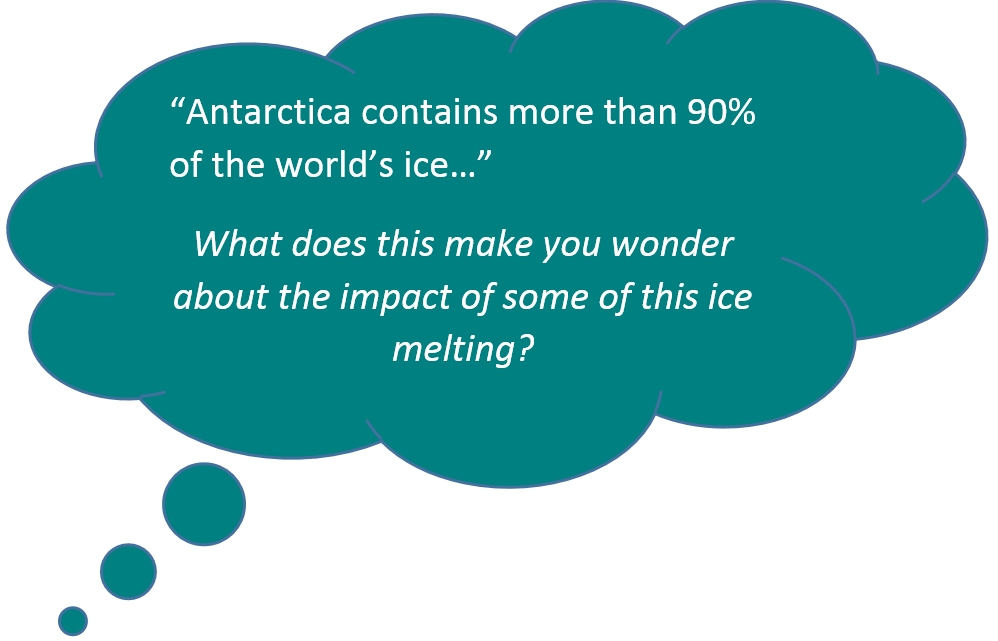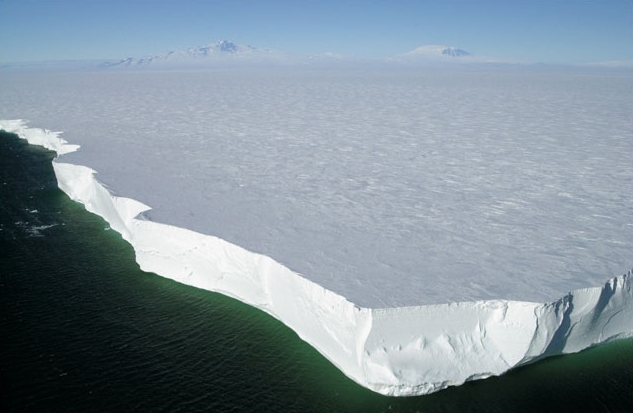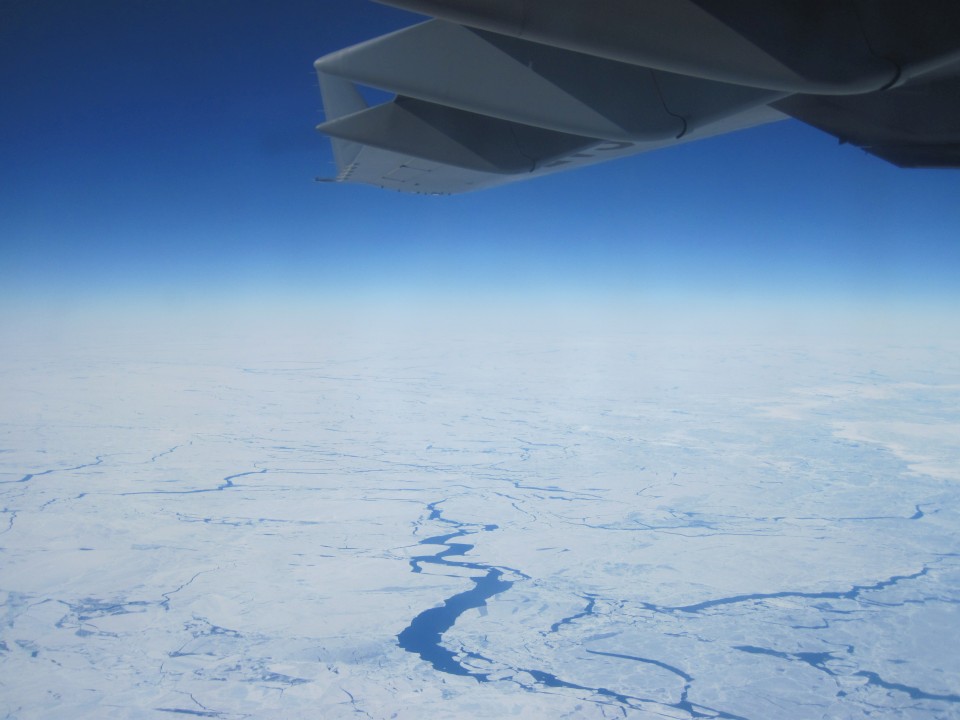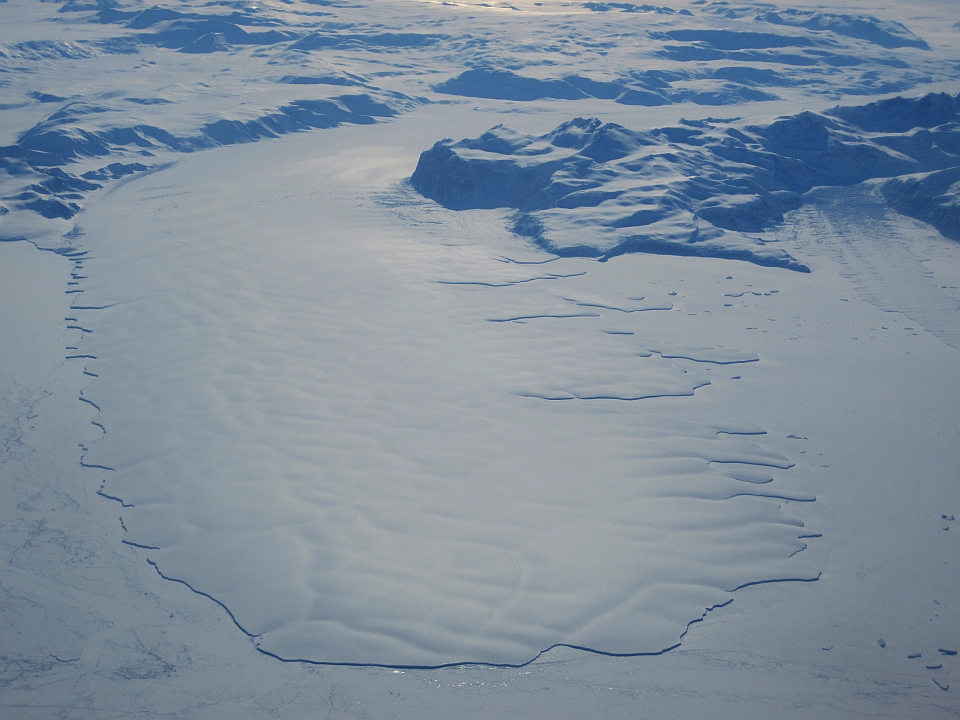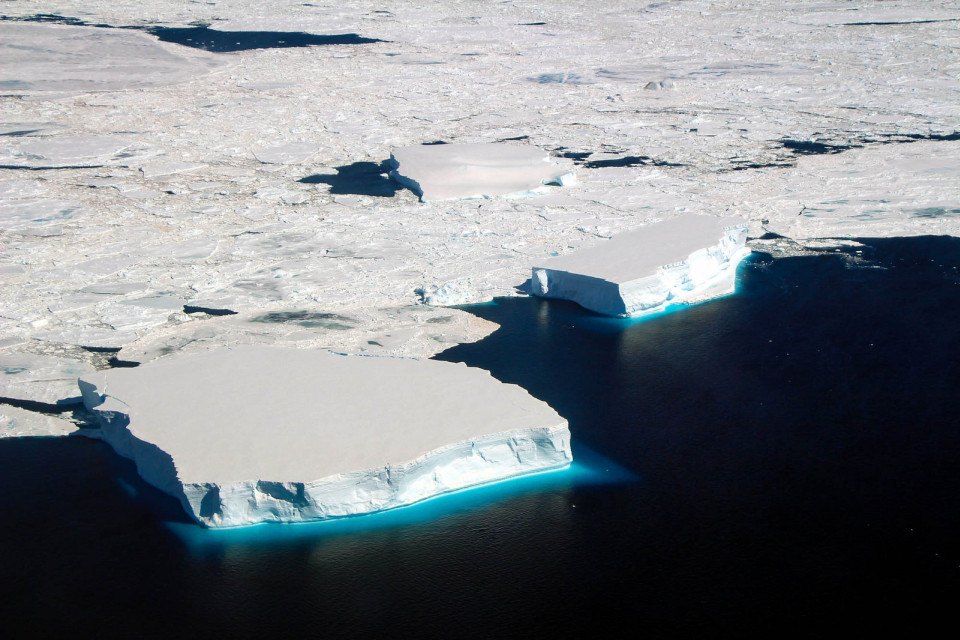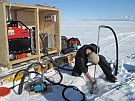Antarctica contains more than 90% of the world’s ice. The ice comes in different forms:
Ice Sheet
Antarctica is a continent. It is covered by a layer of ice. This ice was formed over thousands of years from snow. This snow has been squashed down as new snow has fallen on top.
The Antarctic ice sheet is:
- 14 million km2
- up to 4700m thick
- holds 90% of the Earth’s fresh water
Ice Shelf
An ice shelf is formed when the ice sheet flows downhill into the sea. The ice shelf is made of fresh water.
The Ross Ice Shelf is one of the largest in the world. It covers an area nearly twice the size of New Zealand. The Ross Ice Shelf varies in thickness from over 1000m to less than 100m.
Sea Ice
Sea ice is formed on the surface of the ocean. The temperature of the water has to fall below –2 degrees C.
Sea ice has about 1% salt. The actual sea water has 3.5% salt. Ice is less dense (heavy) than water so it floats on the surface. The sea ice forms a layer several metres thick.
Each winter sea ice forms, although some parts do not melt the following summer.
Sea ice is not the same as icebergs. Icebergs break off the edges of ice shelves and so are made of fresh water.
Ready for a quiz? Try the 'Ice' interactive activity.

